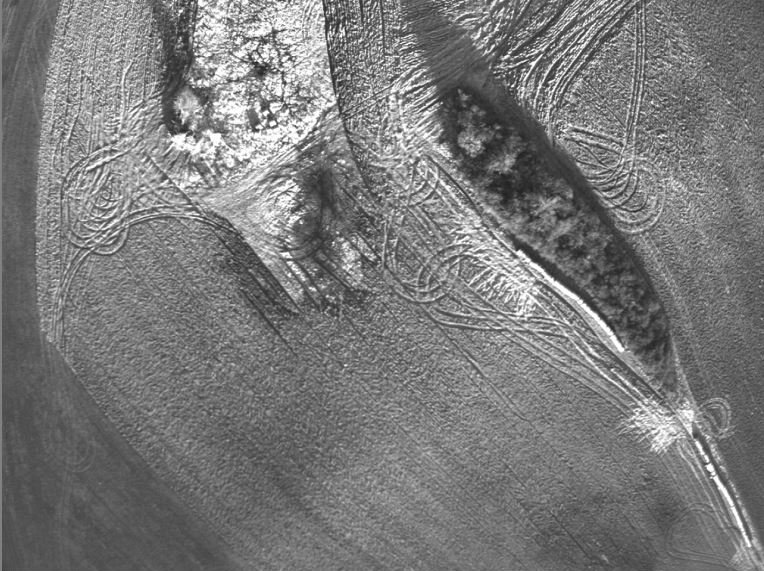

Study carried out by the research team linked to the Lucus Asturum project: Javier F.Calleja, Otilia Requejo Pagés, Nelson Díaz-Álvarez, Juanjo Peón, Natalia Gutiérrez, Esperanza Martín-Hernández, Alejandro,Cebada Relea, David Rubio Melendi, Paulino Fernández Álvarez. The results of the study are calculated Digital Surface Model and index maps respectively for each month. The images were captured by multispectral and a thermal camera and later processed in Pix4Dmapper.

The agricultural fields were mapped in April, June and July. The survey was carried out by an Unmanned Aerial Vehicle (UAV) eBee by senseFly owned by the Department of Geomatics. It has been claimed by agronomists that there might be still water causing drainage to some crops. The purpose of the study is to analyse the development of certain crops.

The location has been chosen for its historical and archaeological significance as it was fortified in the past and numerous battles took place in the 17 th century. The area is located in the west part of the Czech Republic, near the village of Vysoké Sedliště. It regards a corn and rye fields, surrounded by grass and forests. The chosen study field has been monitored for the past two years. Better techniques and solutions have been sought by scientists in order to improve yields, preserve the environment and therefore increase the potential of agriculture. Photogrammetry has been used for numerous engineering tasks and for the past decade the UAV photogrammetry, in particular, has proved to be applicable in the sphere of agriculture. The following article aims at presenting a new photogrammetric application for precision agriculture. hyperspectral imagery and lidar) and methodological approaches will be consolidated. Nevertheless, the applications of UAVs are expanding in different domains, and the use of UAVs in forestry will increase, possibly leading to a regular utilization for small-scale monitoring purposes in Europe when recent technologies (i.e. Unfortunately, the fragmented regulations among EU countries, a result of the lack of common rules for operating UAVs in Europe, limit the chance to operate within Europe’s boundaries and prevent research mobility and exchange opportunities. Successful implementation of UAVs in forestry depends on UAV features, such as flexibility of use in flight planning, low cost, reliability and autonomy, and capability of timely provision of high-resolution data. The majority of current UAV-based applications for forest research aim to inventory resources, map diseases, classify species, monitor fire and its effects, quantify spatial gaps, and estimate post-harvest soil displacement. Most adopted technologies are visible-red, green, and blue, multispectral in visible and near-infrared, middle-infrared, thermal infrared imagery, and lidar. Rotary-wing and fixed-wing UAVs are equally distributed among the case studies, while ready-to-fly solutions are preferred over self-designed and developed UAVs. In this review, after describing the regulatory framework for the operation of UAVs in the European Union (EU), an overview of applications in forest research is presented, followed by a discussion of the results obtained from the analysis of different case studies. Unmanned aerial vehicles (UAVs) or remotely piloted aircraft systems are new platforms that have been increasingly used over the last decade in Europe to collect data for forest research, thanks to the miniaturization and cost reduction of GPS receivers, inertial navigation system, computers, and, most of all, sensors for remote sensing.


 0 kommentar(er)
0 kommentar(er)
